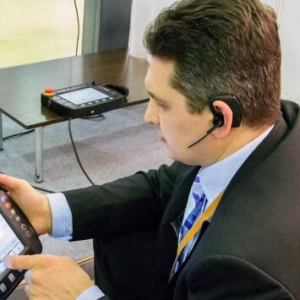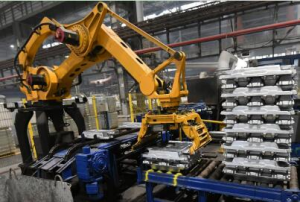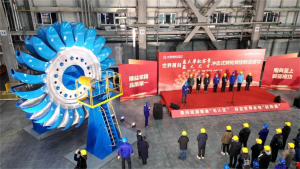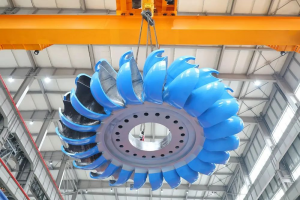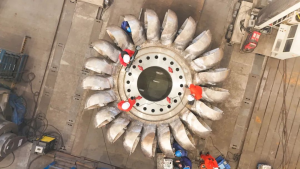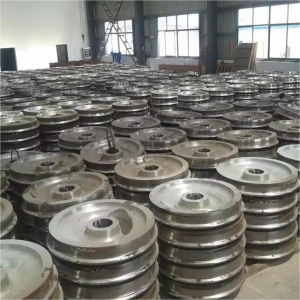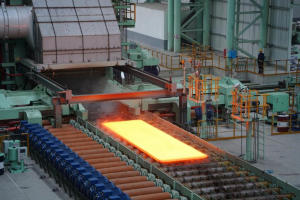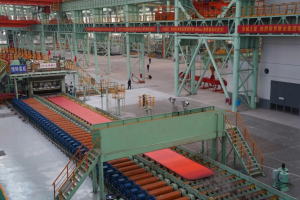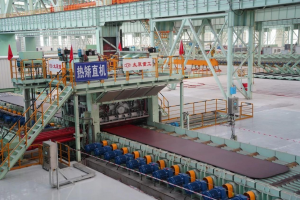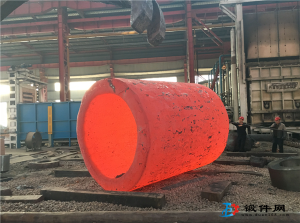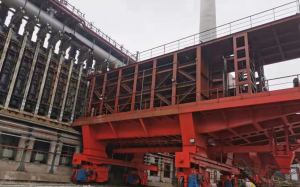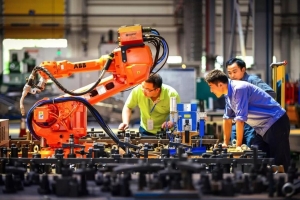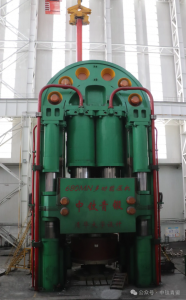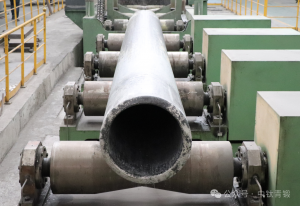Enlarge Font Shrink Font Release
The water inlet and riser of the steel ingot used for flange forgings should be cut off in sufficient quantities to ensure that the forgings have no shrinkage holes or severe segregation. The forging and rolling of flange forgings should determine the corresponding heating specifications according to the material and steel ingot form.
The blank of flange forgings should be pre forged through upsetting process, and the pre forging ratio should not be less than 1.6:1. Flange forgings should be formed by seamless rolling, and the total forging ratio should not be less than 4:1.
The quality grade of flange forgings shall at least comply with Grade II in NB/T 47008-2010.
The heat treatment of flange forgings should be normalizing+tempering to ensure the mechanical properties specified in the product are obtained. During the product manufacturing process, repair welding cannot be used to repair product defects.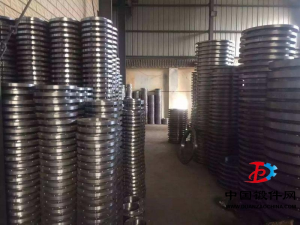
Metallographic testing requirements
Grain size requirement: One piece of each batch of flange forgings should be taken for metallographic testing, and microscopic photographs of X 100 or X 400 should be extracted in the tangential, radial, and Z-directions of the flange; The grain size of flange forgings should be N ≥ 6, and the grain shape and size should be uniform, evaluated according to the method of GB/T 6394. Belt organization requirement: The belt organization of flange forgings shall not exceed level 2, and shall be judged according to the provisions of GB/T 13299. Requirements for non-metallic inclusions in forgings: One piece of each batch of flange forgings should be selected for the evaluation of non-metallic inclusion content, and the evaluation method should follow GB/T 10561.
Mechanical performance requirements
One piece of each batch of flange forgings should be taken for mechanical performance testing.
Ultrasonic testing level requirements: The ultrasonic testing of flange forgings should reach level I of JB/T 4730.3-2005 or level 3 of EN 10228-3:1998.
Magnetic particle testing level requirements
The magnetic particle testing of flange forgings should reach level I of JB/T 4730.4-2005.

